Role of Spices in Cooking
Spices and its Variety
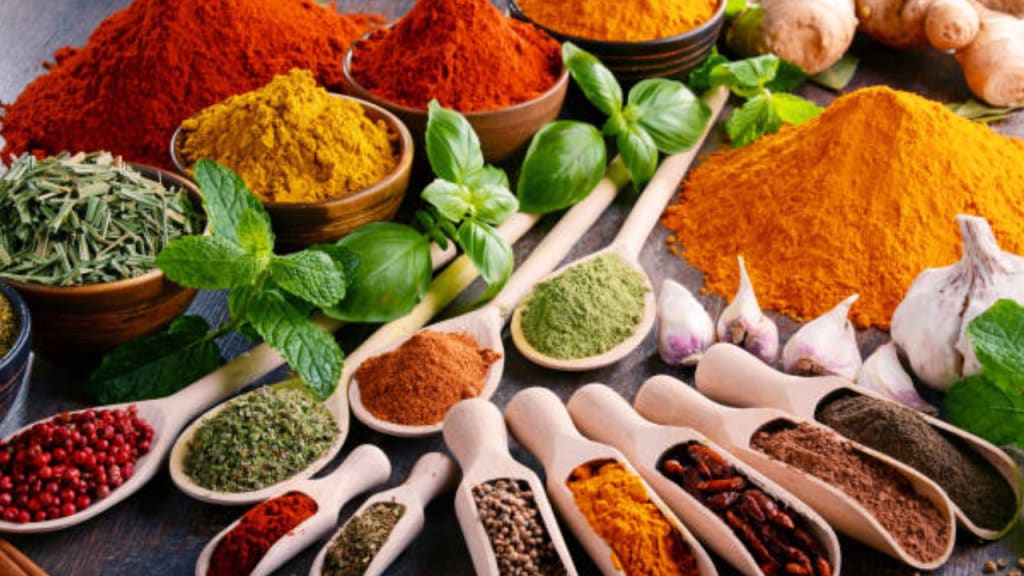
Spices have a variety of roles in cooking. It is an essential ingredient in Indian cuisine.
It has a sort of flavor and aroma that provide specific flavor to every food. So here, we will discuss how spices play their role in cooking.
What is spice?
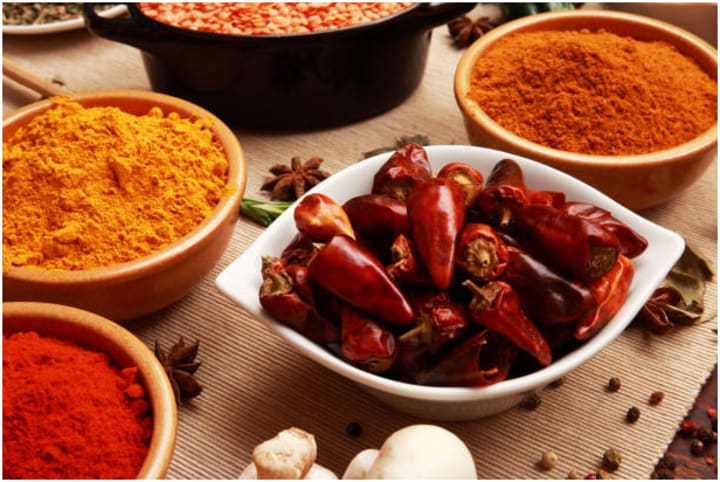
Spice is a specific part of various plants like bark, bud fruits, roots, seeds, or stem. In contrast, herbs are the leafy part of plants. You can use it as a fresh or dried spice.
Some spices are pungent in flavor and bitter in taste, but some have fragrance flavor and sweet taste. It can be used in various ways, like in soups, barbeque sauce, or pickling, and it is one of the essential ingredients in a variety of curries. It is the best way to enhance the taste and flavor of vegetables, chicken, fish, and many other dishes.
Spices include cloves, cardamom, coriander, fenugreek, turmeric, and many more.
Role of spices in cooking
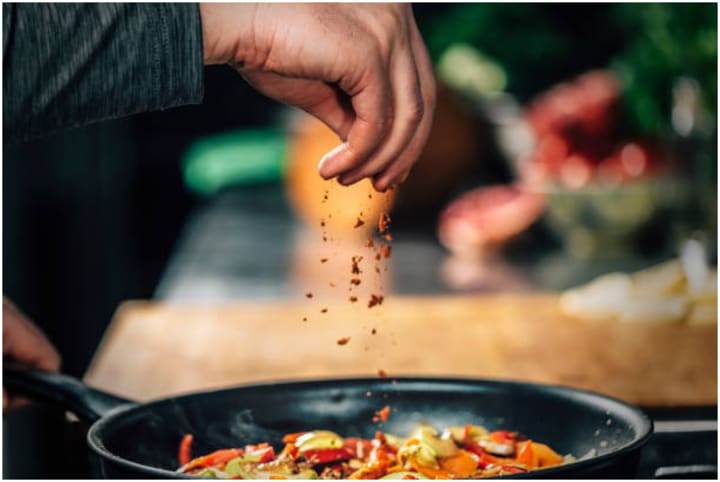
Spices have an essential role in a variety of foods from early ages. It has practical uses at domestic and industrial levels. Here are some primary functions of spices while cooking.
Flavor
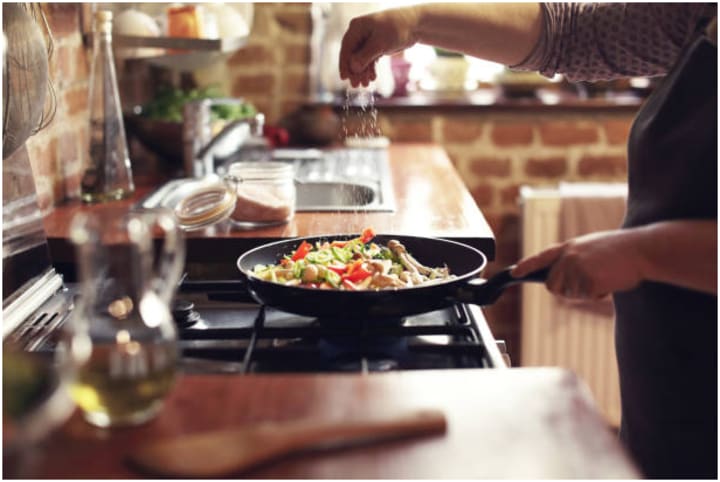
Every dish has its specific taste and flavor, which come from the ingredients we use. Spice has dominant flavors that give unique flavor in combination with other ingredients.
Cardamom has a strong flavor, which may mask the taste of other spices. Make sure you use the exact amount for the required flavor. Every dish requires specific herbs for its particular flavor.
Aroma
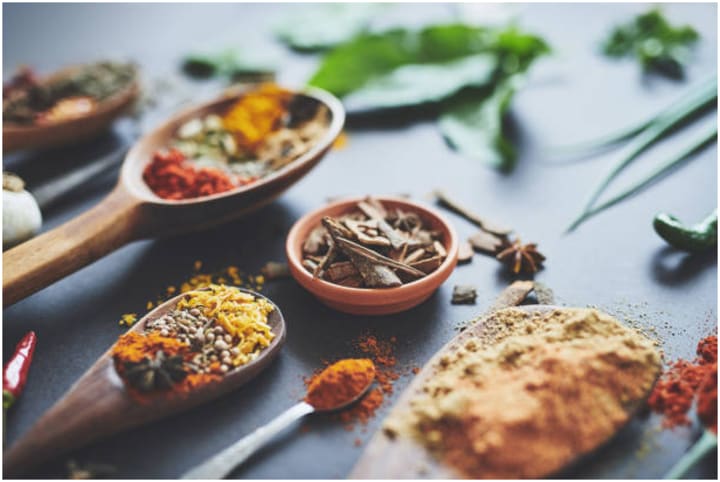
Some spices have an intense, but some have a mild sweet scent. Every dish has specific characteristics to attract consumers, and aroma is one of them. It is the second character that we notice after having a look at any plate. For example, fennel seeds have a sweet smell that you can not use in every dish due to their specific aroma. It is mostly used in drinks to add a particular flavor and aroma.
Color
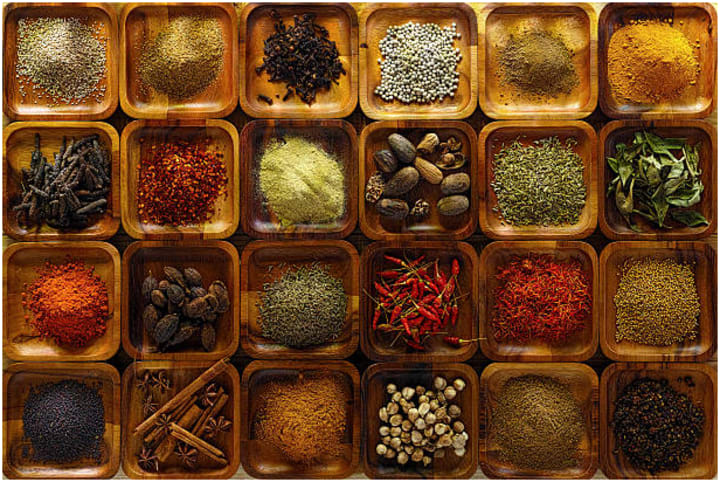
The color or presentation of every food attracts consumers. It is the first factor that comes to notice by the consumer. Not every spice give color to food, but some have coloring properties. For example, turmeric powder has a yellow or bright orange color, which can mask almost every dish color. Similarly, white pepper is best for soups due to its color and hotness level.
Hotness
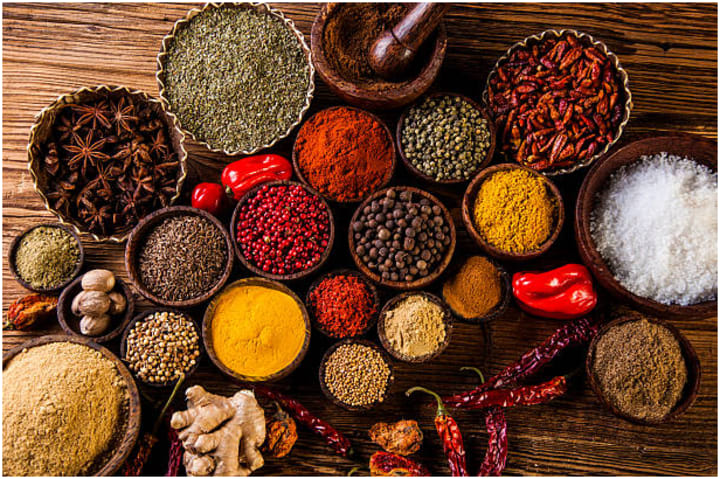
Spices have a different level of hotness. So the hotness level varies according to the combination you use. The primary purpose is to add a flavor level to the dish, like white or black pepper. Many spices didn’t have any hot flavor, but they have a sweet taste like cinnamon or cardamom.
Variety
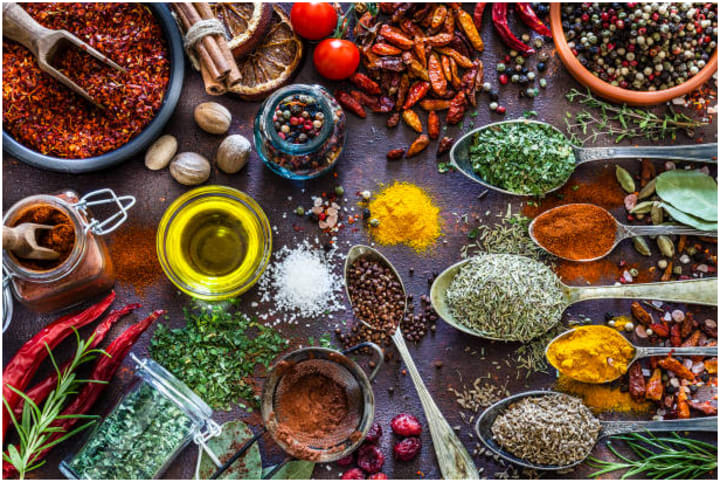
The primary function of spices is to add variety to every dish. Some dishes require a single seasoning to get a specific flavor, like sauces. For most traditional recipes, you need various spices to get the combined effect of flavor and aroma.
Preservation
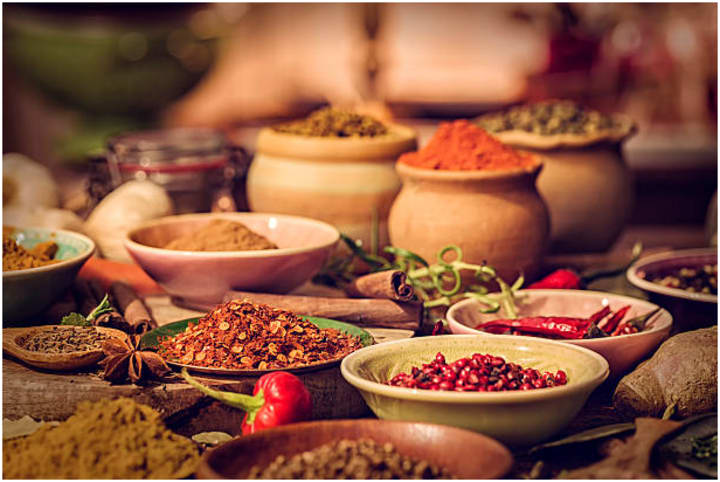
Why include spices in our food?
Spices have a powerful list of plant-derived chemical compounds known for disease prevention and health promoting properties. They have been in use since ancient times for their anti-inflammatory, carminative, anti-flatulence properties.
The components of spices have been found to have anti-clotting action (inhibiting platelets in blood vessels) and thus help in easing blood flow, thereby preventing stroke and coronary artery disease.
The active principles in spices can help in smooth digestion through increasing the digestive power by increasing the intestinal tract dynamics as well as stimulating excessive secretion of gastro-intestinal enzymes inside the intestine.
Tepid thyme can help relieve sore throat and bronchitis symptoms with sore throat. Tuberculosis is also being used as an anti-septic mouthwash in the treatment of caries and gingivitis.
The decoction of some healthy spices is taken orally for the treatment of cold, influenza, mild fever, indigestion, indigestion, and painful menstruation.
Spices are also known as natural anti-helminthes (control worm infection) in traditional medicine.
Essential volatile oils in some spices (cloves, black pepper, etc.) can serve as a rubefacient (whiten the skin around the site of application and improve local blood circulation), making the skin feel attractive. Increases blood flow to. They are being applied as a well-liked home remedy for arthritis and sore muscles, and are used either as poultice or during a hot bath.
Spice essential oils are also being used in aromatherapy in the perfume industry.
The spice contains a good amount of minerals such as potassium, manganese, iron and magnesium. Potassium is a crucial component of cell and body fluids that helps control pulse and vital sign. Manganese is employed by the body as a co-factor for the antioxidant enzyme, superoxide dismutase.
Spices are a fundamental ingredient to enhance the shelf life of vegetables. Pickling is one of the traditional methods that require a different level of every seasoning, including fenugreek, turmeric, cloves, and many more. It can preserve the vegetables for at least one year in airtight jars.
About the Creator
Linda DeCann
Linda DeCann is one of the food blogger, who travels around the world to taste the organic spices located in different countries. She is foodie and love to eat different cousins. Currently she is working with a new start-up Spicy Organic.



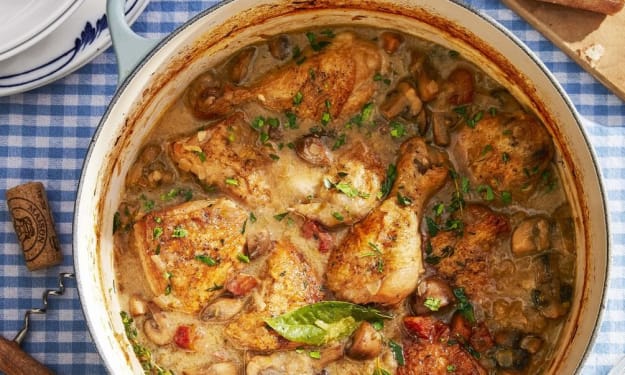
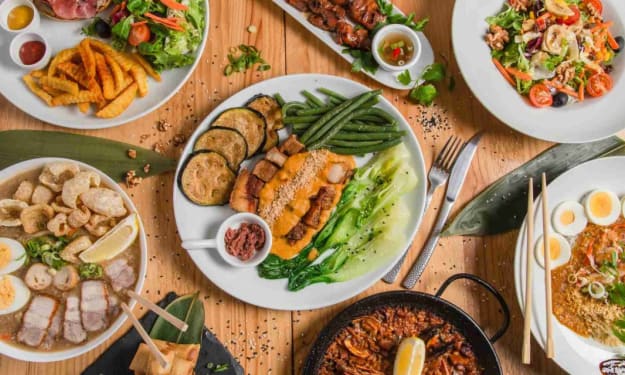

Comments
There are no comments for this story
Be the first to respond and start the conversation.